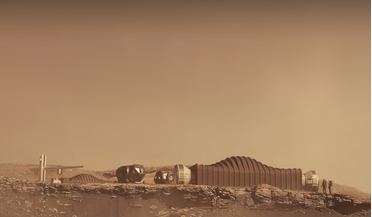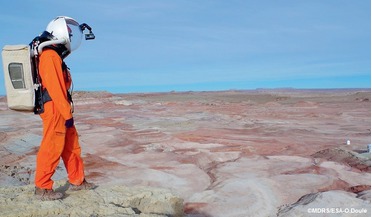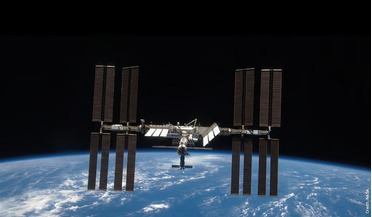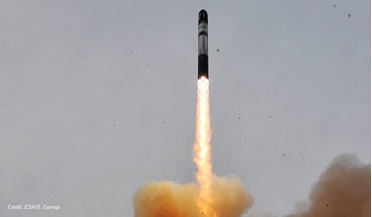 09 August 2021
NASA is seeking applicants for yearlong simulated Mars mission
09 August 2021
NASA is seeking applicants for yearlong simulated Mars mission
... members living and working in a 1,700-square-foot module 3D-printed by ICON, called Mars Dune Alpha. The habitat will simulate the challenges of a mission on Mars, including resource limitations, equipment failure, communication delays, and other...
 December 2014
Ready for Mars? From Mars-500 to zero-gravity medical issues
December 2014
Ready for Mars? From Mars-500 to zero-gravity medical issues
... NASA’s flyby approach would involve using Orion four-seater launch and re-entry capsules, attached to in-flight habitat modules either using inflatable designs or Automated Transfer Vehicle-type units. Personal space will be very limited...
 June 2015
The new space ethics: COSPAR, Planetary Protection and beyond
June 2015
The new space ethics: COSPAR, Planetary Protection and beyond
... the survival of humanity over the longer term.5 Expanding both the resource base and, eventually, the habitats available for humanity means that any expenditure on space exploration, far from being viewed as frivolous, can...
 June 2015
Innovation at escape velocity: from NASA’s Apollo to SpaceX
June 2015
Innovation at escape velocity: from NASA’s Apollo to SpaceX
... are tool-makers and problem-solvers too, employing rudimentary “technology” to hunt or forage for food, or to build habitats. Humans, however, sometimes tackle very big problems, far beyond our immediate reach. The fundamental barriers...
 October 2015
Russian business: a long road to the stars for private space initiative
October 2015
Russian business: a long road to the stars for private space initiative
... the state space giants. Today, private companies are designing microsatellites, light rockets and even Moon habitats. One of the first private Russian space endeavours was JSC NGO Lepton, led by its general director...
 October 2015
Green cosmonautics: an ideal to strive for
October 2015
Green cosmonautics: an ideal to strive for
... storage areas etc) are utilised instead. This means less impact on various ecosystems and greater preservation of habitats. It also means greater cost efficiency and capacity increase when it comes to launch facilities and their overall...